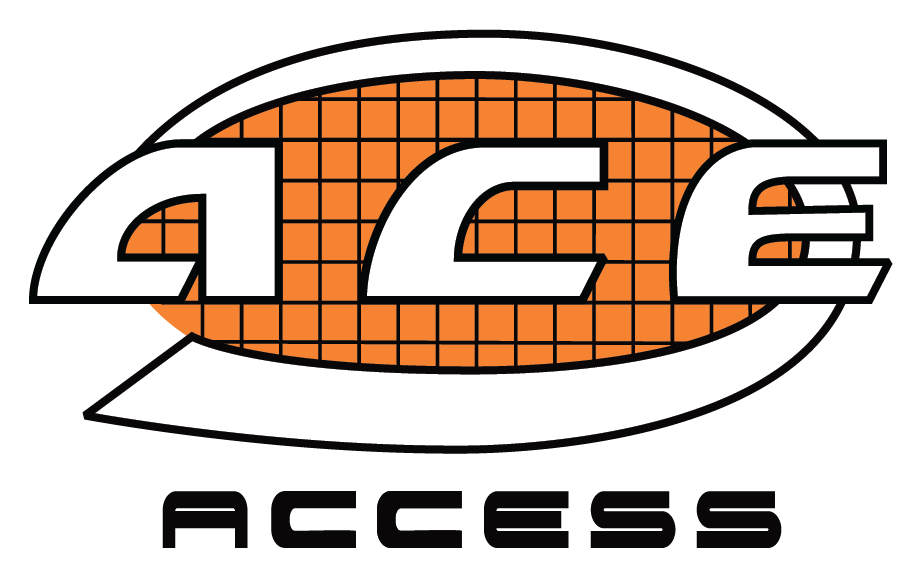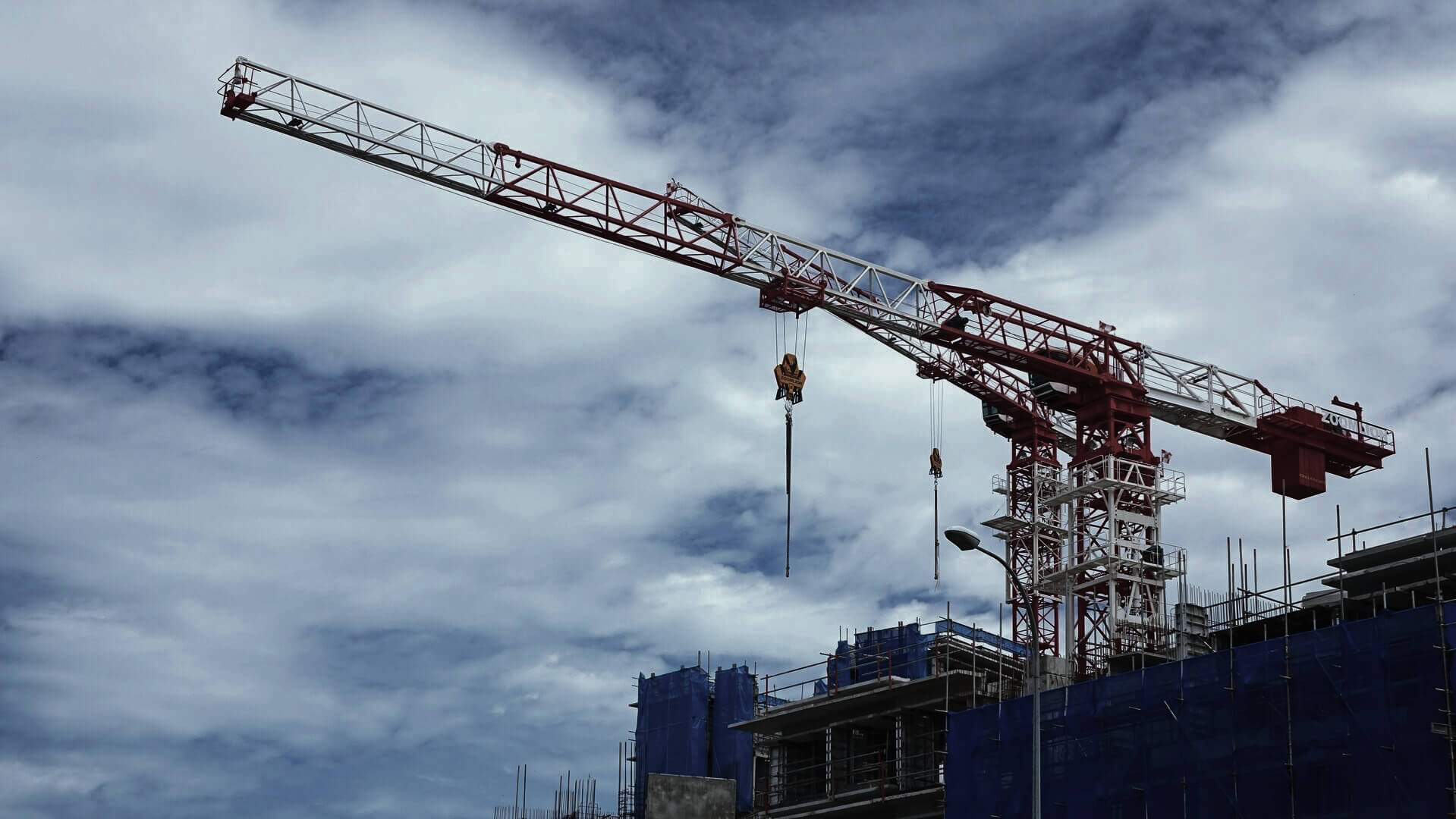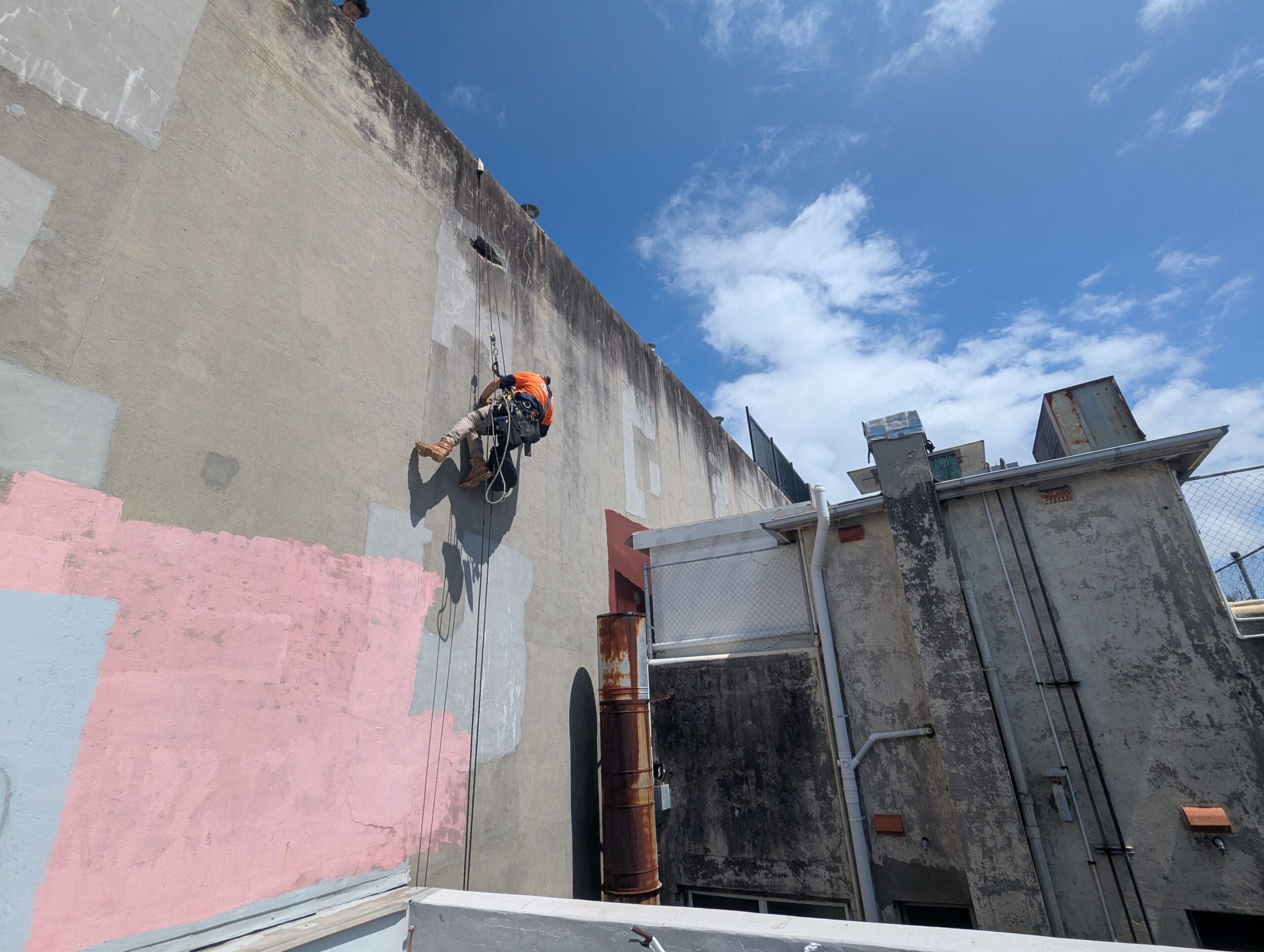Rope access is a cornerstone of high-rise construction and maintenance in New South Wales (NSW), offering a safe, efficient alternative to scaffolding or cranes. But for companies operating in this space, understanding and adhering to legislation and safety requirements isn’t just good practice—it’s a legal must. In NSW, where strata-managed buildings and industrial sites dominate, rope access companies face a patchwork of regulations and standards. Here’s what you need to know about staying compliant and keeping safety first.
The Legal Backbone: Work Health and Safety Act 2011
At the heart of rope access legislation in NSW is the Work Health and Safety (WHS) Act 2011, mirrored from the national model law overseen by Safe Work Australia. This Act applies to all businesses, including rope access firms, under the duty of a Person Conducting a Business or Undertaking (PCBU). For a company scaling Sydney’s high-rises, this means:
- Risk Management: Identify hazards (e.g., falls from height), assess risks, and implement controls—like dual-rope systems and rescue plans.
- Competency: Ensure technicians are trained and deemed competent, though rope access isn’t a “high-risk work” activity requiring a specific license under WHS Regulation 2017 Schedule 3.
- Incident Reporting: Notify SafeWork NSW of serious incidents (e.g., a fall or near-miss) within 48 hours, per Section 35-38 of the Act.
While rope access isn’t singled out as a prescribed activity, it falls under general height safety duties (Regulation 78), making compliance a broad but critical responsibility.
Guidance from Safe Work Australia
In June 2022, Safe Work Australia released the Guide to Managing Risks of Industrial Rope Access Systems. Though not legally binding, this guide is a go-to for NSW rope access companies. It outlines:
- Anchor Selection: Use certified anchors (e.g., AS/NZS 5532-compliant) and test them regularly.
- Rope Protection: Guard against abrasion on edges—vital for Sydney’s concrete-heavy structures.
- Exclusion Zones: Keep ground-level workers clear of drop zones.
This guide complements AS/NZS 4488 Industrial Rope Access Systems, the Australian Standard for equipment and techniques. While not mandatory, following it shows due diligence—a smart move for any NSW firm aiming to impress strata or construction clients.
IRATA: The Gold Standard in Practice
NSW rope access companies often turn to the Industrial Rope Access Trade Association (IRATA) for certification, even though it’s not legally required. Why? IRATA’s international standards exceed local benchmarks:
- Training Levels: Level 1-3 technicians undergo rigorous courses, renewed every three years—far stricter than WHS’s “competent person” rule.
- Logbooks: Hours and tasks are tracked, proving experience—handy for strata managers wanting assurance.
- Safety Record: IRATA’s 2021 Work and Safety Analysis reported a global injury rate of just 0.25 per 100,000 hours, showcasing its effectiveness.
In NSW, where rope access isn’t regulated as “high-risk,” IRATA fills the gap, offering a framework that aligns with WHS duties and boosts credibility.
Gaps and Grey Areas
Unlike scaffolding or crane operation, rope access lacks specific NSW legislation beyond general WHS rules. This creates challenges:
- No Mandatory Recertification: Outside IRATA, technicians aren’t required to refresh skills regularly, risking competency drift.
- Rescue Planning: The WHS Act demands emergency preparedness (Regulation 43), but there’s no rope access-specific mandate—leaving it to companies to self-regulate.
- Unreported Incidents: Bells Rope Access notes many NSW accidents go unreported, clouding safety data.
This flexibility can be a double-edged sword—freedom to operate, but a burden to prove compliance without clear benchmarks.
What Compliance Looks Like in NSW
For a rope access company in Sydney, adherence means blending legal duties with practical standards:
- WHS Compliance: Maintain a Safe Work Method Statement (SWMS) for every job—mandatory for heights over 2 meters (Regulation 291).
- Gear Checks: Inspect ropes, harnesses, and anchors pre-use, per AS/NZS 4488, and keep records.
- Training: Invest in IRATA or equivalent—clients like strata bodies love the assurance of certified techs.
- Insurance: Hold public liability and workers’ comp, as NSW’s iCare scheme requires for construction work.
A company that nails these isn’t just legal—it’s a standout in a competitive market.
Why It Matters
For NSW rope access firms, compliance isn’t bureaucracy—it’s a lifeline. Strata managers juggling high-rise repairs or construction firms racing deadlines need partners who meet WHS standards without fail. A single lapse could mean fines (up to $30,000 for a PCBU breach), project delays, or worse—worker harm. In 2023, SafeWork NSW reported 13 height-related fatalities statewide—none tied to IRATA firms, hinting at the payoff of robust systems.
Looking for a rope access partner in NSW? Choose a team with IRATA credentials, a WHS-aligned safety culture, and years scaling Sydney’s toughest sites. At ACE Access, we live these standards daily—reach out to see how we can support your next project.




